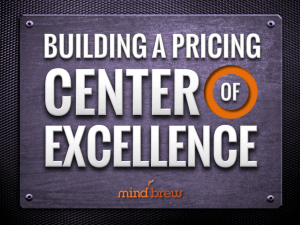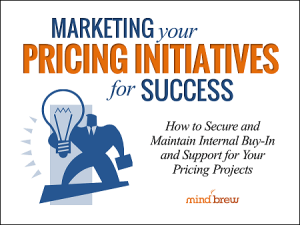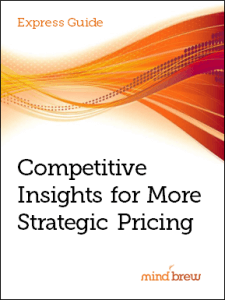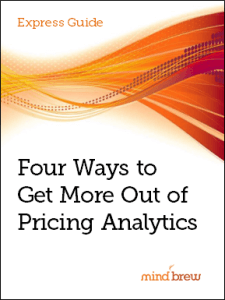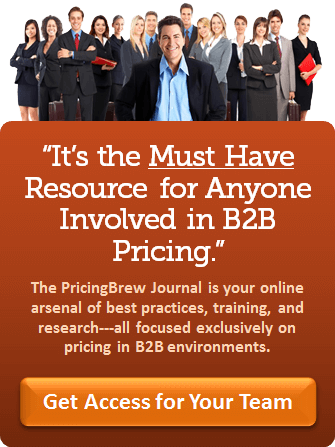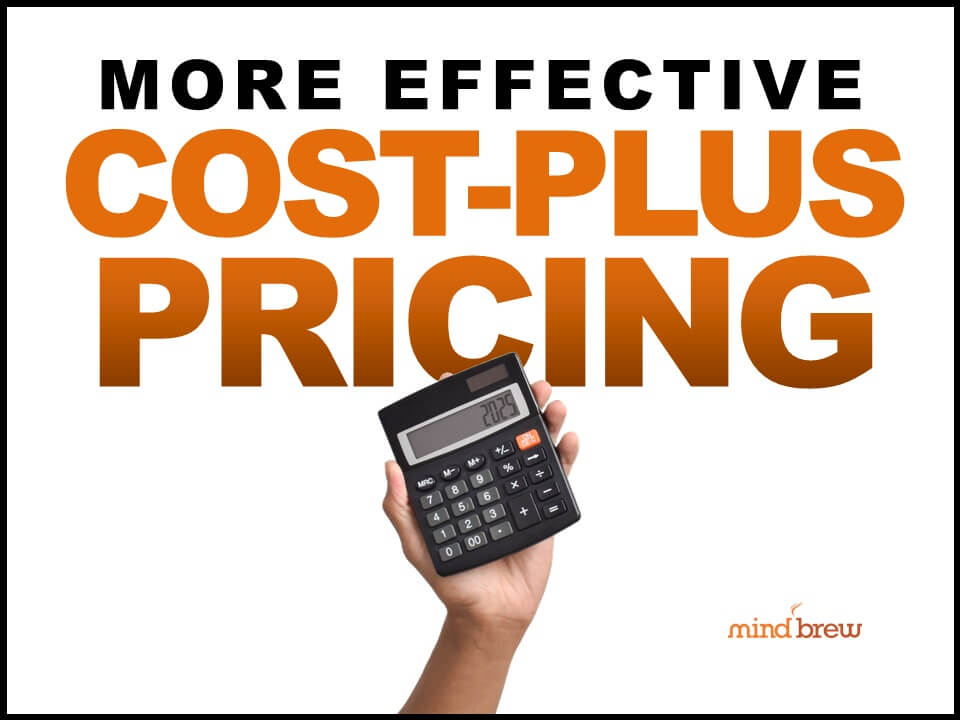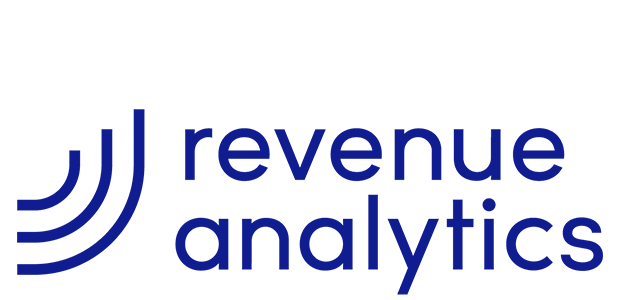As the year winds down and we start looking forward to (or maybe dreading) the holidays, it’s tempting to shift into neutral and just try to coast through it. But for B2B pricing teams, the last few weeks of the year provide a great opportunity to sharpen our understandings, refresh our priorities, and set the stage for next year.
Yes, everyone will be busy juggling dozens of urgent-but-only-semi-important tasks. But if we can carve out even just a little bit of time before year-end, it can make a big difference in how next year gets underway. In our experience, some big things that deserve a pricing team’s attention before calling this year a wrap include…
1. Assess Pricing Performance and Capabilities
Start with an objective assessment of how pricing really performed this year. Dig deeper than just the revenues, ASPs, or margin percentages to get clear about the underlying performance drivers and components.
How much of the revenue and margin yield was due to changes in price, mix, cost, or volume? Did our new pricing guidance and control systems improve consistency and reduce margin leakage, or just shift the erosion somewhere else? Were our price increases captured to the extent we really needed, or did they all get diluted away by excuses and exceptions?
Beyond the numbers, it’s also good to take stock of how far the pricing function itself has come and what more needs to be done. What skills were developed or enhanced this year? Which pricing capabilities were added or strengthened? Which capability gaps still persist and need to be addressed in the near future?
Assessing capability development and performance outcomes together provides a more complete picture of the progress made and the work still to be done.
Here are some resources in the Journal that can help:
- Isolating the Impacts of Price, Volume, Cost and Mix
- Diagnosing Pricing Problems
- The B2B Pricing Capability Self-Assessment
- Developing Pricing Leaders
2. Review Price Segmentation and Value Assumptions
It’s true that B2B markets aren’t nearly as unstable as B2C markets. Nevertheless, market conditions do change, competitors reposition and refocus, and customer needs and priorities evolve. So by year’s end, some of the insights and assumptions behind our pricing models may have become a bit stale or outdated.
Now’s a good time to review our fundamental building blocks to determine if a more in-depth refresh effort is warranted sooner rather than later.
Has there been enough change in our markets to throw things off? Have there been new developments or disruptions that are likely to have changed how customers perceive value and make buying decisions? Is there anything in our performance metrics…lower win rates, higher exception volumes, dips in segment-level trends, etc….that might indicate that our models have fallen out-of-tune?
While a wholesale refresh will obviously take more time, a quick review can tell us whether we need to factor that effort into our new-year plans.
Here are some resources in the Journal that can help:
- The Fundamentals of Price Segmentation
- Dynamic Price Segmentation
- The Fundamentals of Value-Based Pricing
- Leveraging Your Multidimensional Value
3. Draft Next-Year’s Strategic Priorities and Roadmap
Leveraging our understanding of our current capabilities and gaps, this past year’s critical performance drivers, and the health of our fundamental building blocks, we can then define our priorities and draft a basic roadmap for the coming year.
At this point, we’re looking for directionally-accurate broad strokes, rather than a high-resolution image with every minute detail spelled out. We first need to make sure we’re focused on the right things, and then we can work out the specifics.
So we want to identify the handful of strategic priorities and key initiatives that will be most important for moving the needle in a big way next year. These might include things like advancing an existing initiative to the next level of capability and performance. Or leveraging AI to accelerate critical updates or enable an entirely new pricing capability. Or shoring up our segmentation models and value maps as a solid foundation for everything else.
In drafting a roadmap, we want to think about prerequisites and advantageous sequencing. And while these will likely be pretty big things, we should try to break them down into more manageable quarterly phases with measurable outcomes at each milestone.
Here are some resources in the Journal that can help:
- From Tactical to Strategic Pricing
- Developing a Winning Roadmap for Pricing Success
- Aligning Pricing to Business Strategy
- The B2B Pricing Blueprint
Now, none of this requires a massive amount of effort or an endless series of meetings and workshop sessions. Yes, it will take some time. But the biggest requirement is just having the will and the resolve to say, “Let’s do this.”
So in the next couple of weeks, block a few hours on the calendar. Pull the data, ask questions, challenge assumptions, brainstorm possibilities, and then make some decisions to set the stage for next year’s success.

